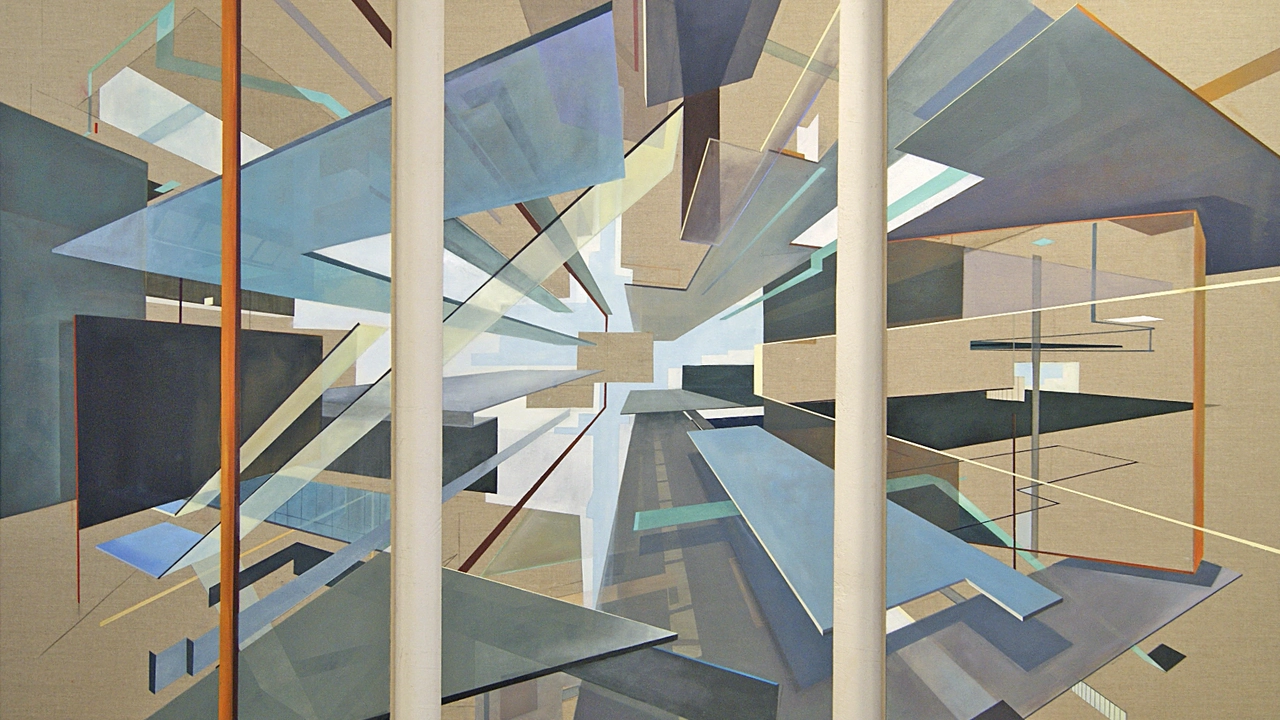Understanding the Concept of Fine Art
As an art enthusiast myself, I've often pondered over the intricate connection between fine art and cultural perspective. Fine art is a visual language, a medium through which artists communicate their thoughts, ideas, emotions and viewpoints. It is a subjective field, open to interpretation, and it varies greatly across different cultures and societies. From the ancient cave paintings to the modern abstract art, every piece of art tells a story; a story that is deeply intertwined with the artist's cultural context and perspective.
Artists use their work to question, critique, validate, and challenge the cultural norms and beliefs of their time. The cultural perspective of an artist influences their artwork significantly. It shapes their ideas, their style, their choice of colors, and even the subject matter of their art. Conversely, their art can also influence the cultural perspective of their audience, prompting them to see things from a different angle, or to question their own beliefs and assumptions.
The Role of Fine Art in Challenging Cultural Norms
Art has always been a powerful tool to challenge the status quo. Artists often use their work to question and critique the societal norms and cultural beliefs of their time. They use their art to provoke thought, to incite debate, and to stimulate change. From the political cartoons of the 18th century to the controversial modern art installations, artists have used their work to challenge societal norms and to push the boundaries of what is considered acceptable or normal.
Art can be a mirror, reflecting the societal attitudes and beliefs of a certain time and place. But it can also be a hammer, shattering these beliefs and paving the way for new ideas and perspectives. For instance, many feminist artists have used their art to challenge the traditional gender norms and to advocate for gender equality. Their work has played a crucial role in shaping our cultural perspective on gender and sexuality.
Reflection of Cultural Perspectives in Fine Art
One of the most fascinating aspects of fine art is its ability to reflect the cultural perspectives of its time. Every piece of art is like a time capsule, preserving the thoughts, ideas, emotions, and cultural context of the artist. When we look at a piece of art, we are not just looking at a painting or a sculpture; we are looking at a snapshot of the artist's cultural perspective.
Art has the power to evoke emotions, to make us think, and to transport us to a different time or place. It allows us to see the world through the eyes of the artist, giving us a glimpse into their cultural perspective. It helps us understand the societal norms, the cultural beliefs, and the historical context of a certain time and place. And sometimes, it can even make us question our own cultural perspective, prompting us to see things from a different angle.
Art as a Catalyst for Cultural Evolution
Art is not just a reflection of culture; it also plays a crucial role in shaping and evolving culture. Artists often use their work to question and challenge the societal norms and cultural beliefs of their time. They use their art to provoke thought, to stimulate debate, and to incite change. Their work can influence the cultural perspective of their audience, prompting them to see things from a different angle, or to question their own beliefs and assumptions.
Art can be a powerful catalyst for cultural evolution. It can inspire change, stimulate progress, and shape the cultural narrative of a society. It allows us to see the world through a different lens, to explore new ideas and perspectives, and to question our own beliefs and assumptions. It's a tool for self-expression, for communication, and for cultural evolution. It's a language that speaks to our hearts, our minds, and our souls.
The Interplay of Fine Art and Cultural Perspective
The relationship between fine art and cultural perspective is a complex and fascinating one. It's a dance, a dialogue, an interplay of ideas, emotions, and perspectives. Artists draw inspiration from their cultural context, using their work to reflect, question, and challenge the societal norms and cultural beliefs of their time. Their art is a visual representation of their cultural perspective, a window into their world.
But art is not just a mirror; it's also a catalyst for change. It can influence the cultural perspective of its audience, prompting them to see things from a different angle, or to question their own beliefs and assumptions. It's a powerful tool for communication, for self-expression, and for cultural evolution. And in this dance, this dialogue, this interplay of fine art and cultural perspective, we find the true power and beauty of art.
